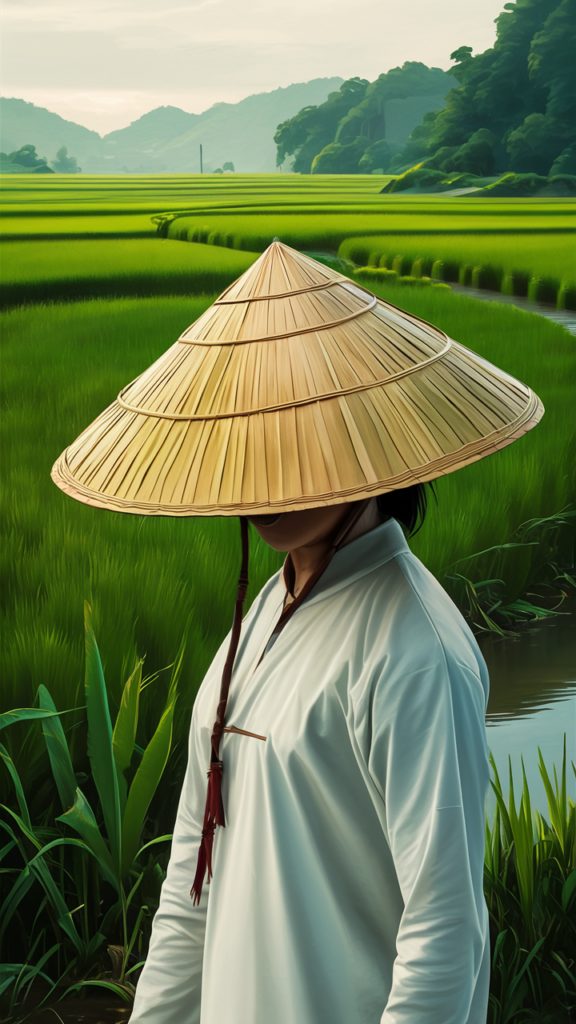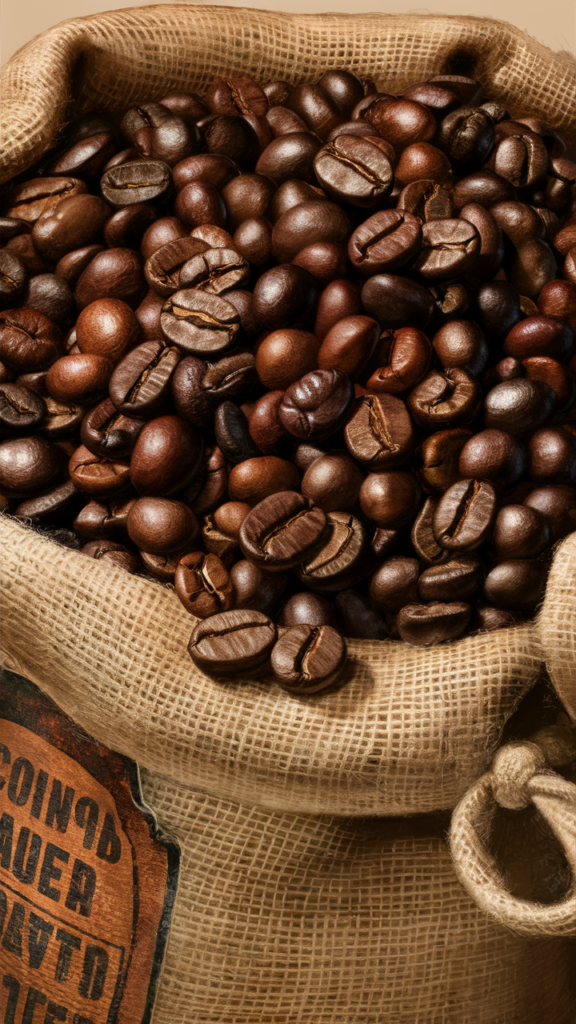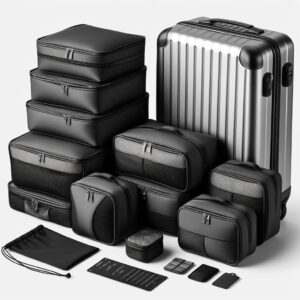Discover all the fun facts about Vietnam! From the awe-inspiring Son Doong Cave and the majestic Fansipan Mountain to its rich coffee production and unique street food culture.
- Family Values: In Vietnam, family is at the core of society. It’s common to see three generations living under one roof.
- Historic Homes: Venture outside the bustling cities and you’ll find wooden houses that are up to 300 years old.
- Electrical Outlets: The plugs in Vietnam are types A, C, and D. So, you’ll need a travel adapter.
- Vietnamese Alphabet: Vietnam is the only Asian country that uses the Latin alphabet, making it easier for foreigners to learn Vietnamese.
- Motorcycles: Forget cars, Vietnam runs on motorcycles. You’ll often see an entire family riding on a single scooter through the busy streets.
- Coffee Culture: Vietnamese coffee is a phenomenon. Be sure to try the iced coffee with condensed milk; it’s a must-try.
- Halong Bay: Looking for peace and quiet? Bai Tu Long Bay offers the same breathtaking views as Halong Bay but without the tourist crowds.
- Rice Wine: In Northern Vietnam, homemade rice wine is a staple at parties and gatherings.
- Direct Communication: Vietnamese people communicate directly and avoid confrontations by smiling and nodding, even if they disagree.
- Street Vendors: The calls of street vendors are everywhere, adding to the vibrant and bustling atmosphere of Vietnamese street life.
- Conical Hats: The “nón lá” is more than just a hat; it’s a symbol of Vietnamese culture and offers perfect sun protection.

- Eating with Hands: Enjoying dishes like spring rolls and rice dishes with your hands is common, promoting a sense of community.
- Pigs on Scooters: It’s normal to see pigs, chickens, and sometimes even cows being transported on scooters in Vietnam.
- Holidays: Tet, the Vietnamese New Year, is the biggest holiday of the year, filled with family visits, offerings, and festive meals. The date varies each year and is celebrated by over 90 million people.
- Eating Dogs: In some regions of Vietnam, eating dog meat is still common, though it remains controversial.
- Bicycles: Especially in rural areas, bicycles are a popular mode of transport, perfect for exploring the beautiful landscapes.
- Language: The Vietnamese language has six tones, meaning a single syllable can have multiple meanings depending on the intonation.
- Art and Crafts: Vietnam has a rich tradition in arts and crafts, from silk weaving to pottery.
- Son Doong Cave: Located in the Phong Nha-Ke Bang National Park, this is the largest cave in the world. It can fit a 40-story skyscraper and has a unique ecosystem that’s largely unexplored.
- Fansipan Mountain: Known as the “Roof of Indochina,” Fansipan is the highest mountain in Vietnam at 10,312 feet. Since 2016, tourists can reach the summit by cable car.
- Coffee Production: Vietnam is the second-largest coffee producer in the world, providing about 16% of the global coffee supply, mostly Robusta beans.

- Cashew Nut Export: Vietnam is the largest exporter of cashew nuts, accounting for over 55% of global production, generating significant income.
- Cultural Diversity: The country is home to 54 recognized ethnic groups, each with its own unique culture and language.
- Water Puppetry: This unique traditional art form, originating in the Red River Delta over a thousand years ago, uses wooden puppets that perform on water to depict folk stories and legends.
- Street Food Culture: Vietnam is famous for its vibrant street food, with dishes like Pho and Banh Mi popular both locally and internationally.
- No Legal Drinking Age: Surprisingly, Vietnam has no legal drinking age, so anyone can buy alcohol without an ID check.
- Vietnamese Language: The Vietnamese language is heavily influenced by Chinese due to over a millennium of colonization, with a unique script evolved from Latin characters.
- Buddhist Temples: Vietnam boasts about 17,000 temples, showcasing the country’s rich spiritual heritage and architectural beauty.
- Happy Planet Index: Vietnam ranks among the happiest countries in the world, reflecting the optimistic and resilient nature of its people.
- Phu Quoc Island: Vietnam’s largest island, Phu Quoc, is known for its beautiful beaches and is closer to Cambodia than the Vietnamese mainland.
- Greetings: Vietnamese culture emphasizes respect in greetings, often using familial terms like “Anh” (older brother) and “Chị” (older sister) based on age.
- Free Wi-Fi: Major cities in Vietnam offer extensive free Wi-Fi access in cafes, hotels, and public spaces, making it easy for both locals and tourists to stay connected.
These were all the fun facts about Vietnam. Do you know any more? Let us know!


